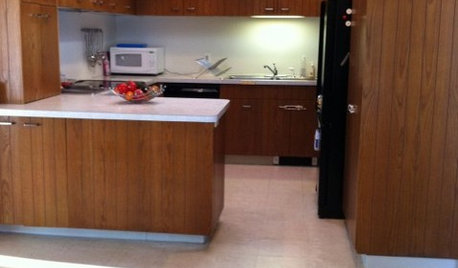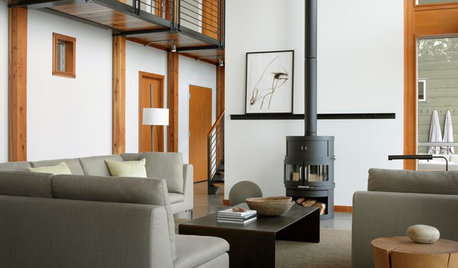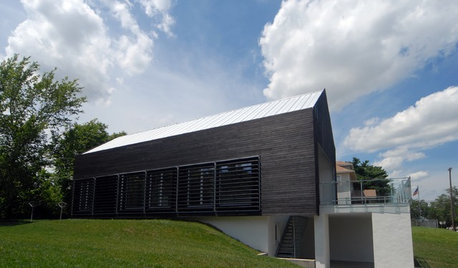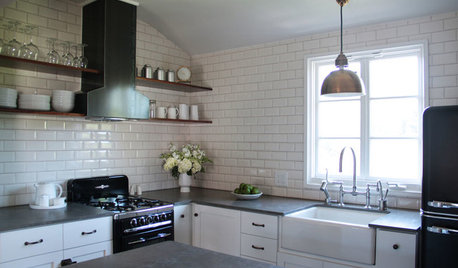Burning question?
tugbrethil
14 years ago
Related Stories

REMODELING GUIDES13 Essential Questions to Ask Yourself Before Tackling a Renovation
No one knows you better than yourself, so to get the remodel you truly want, consider these questions first
Full Story
ORGANIZINGPre-Storage Checklist: 10 Questions to Ask Yourself Before You Store
Wait, stop. Do you really need to keep that item you’re about to put into storage?
Full Story
GREEN BUILDINGConsidering Concrete Floors? 3 Green-Minded Questions to Ask
Learn what’s in your concrete and about sustainability to make a healthy choice for your home and the earth
Full Story
MOVINGHiring a Home Inspector? Ask These 10 Questions
How to make sure the pro who performs your home inspection is properly qualified and insured, so you can protect your big investment
Full Story

REMODELING GUIDESClean-Burning Woodstoves Ignite a Greener Heating Trend
No need to rely on oil or gas to heat your home — new woodstove designs burn cleanly and are beautiful to boot
Full Story
LIVING ROOMSHow to Convert Your Wood-Burning Fireplace
Learn about inserts and other options for switching your fireplace from wood to gas or electric
Full Story
REMODELING GUIDES'Yakisugi-ita' Is Setting the Siding World on Fire
Exterior wood siding created by a Japanese burning technique is now alighting in the Western world
Full Story
FIREPLACESRibbons of Fire: 10 Artfully Minimalist Fireplaces
Long and lean and sleek to the core, these gas-burning fireplaces make a powerful contemporary statement
Full Story
KITCHEN DESIGN10 Big Space-Saving Ideas for Small Kitchens
Feeling burned over a small cooking space? These features and strategies can help prevent kitchen meltdowns
Full Story





hybridsage
tugbrethilOriginal Author
Related Professionals
Windham Landscape Architects & Landscape Designers · East Rancho Dominguez Landscape Architects & Landscape Designers · Salem Landscape Architects & Landscape Designers · Avocado Heights Landscape Contractors · Brunswick Landscape Contractors · Elkridge Landscape Contractors · Holtsville Landscape Contractors · La Mirada Landscape Contractors · Pleasanton Landscape Contractors · Waldorf Landscape Contractors · Irvington Landscape Contractors · Black Forest Siding & Exteriors · Columbus Siding & Exteriors · Orem Siding & Exteriors · Orland Park Siding & Exteriorshybridsage
wardda
hummersteve
rich_dufresne
voodoobrew
rich_dufresne
tugbrethilOriginal Author
rich_dufresne
wantonamara Z8 CenTex
tugbrethilOriginal Author
wantonamara Z8 CenTex
tugbrethilOriginal Author
Limy
tugbrethilOriginal Author
rich_dufresne
tugbrethilOriginal Author
rich_dufresne
tugbrethilOriginal Author
Noelle Johnson Landscape Consulting
desertsage
tugbrethilOriginal Author